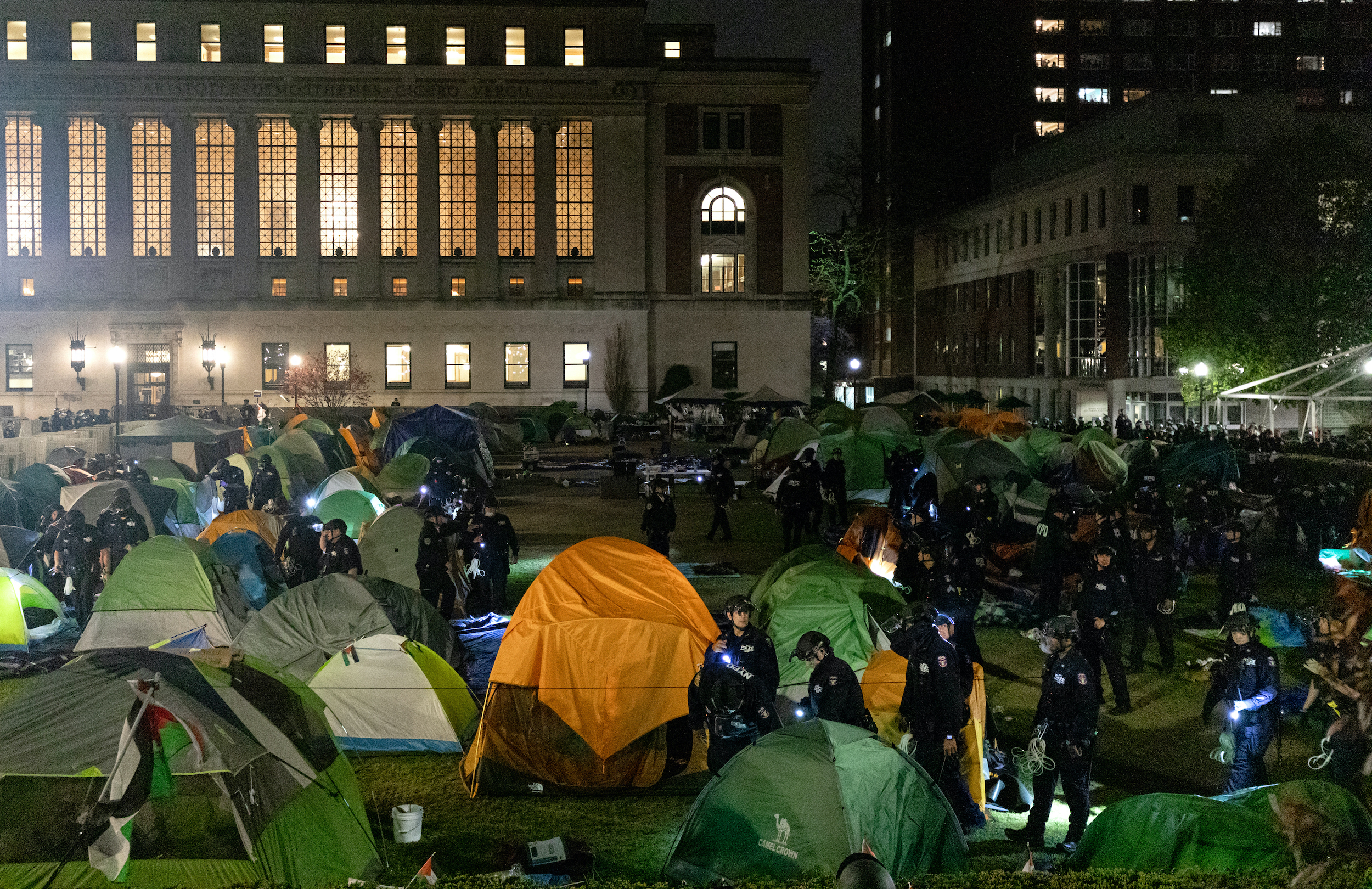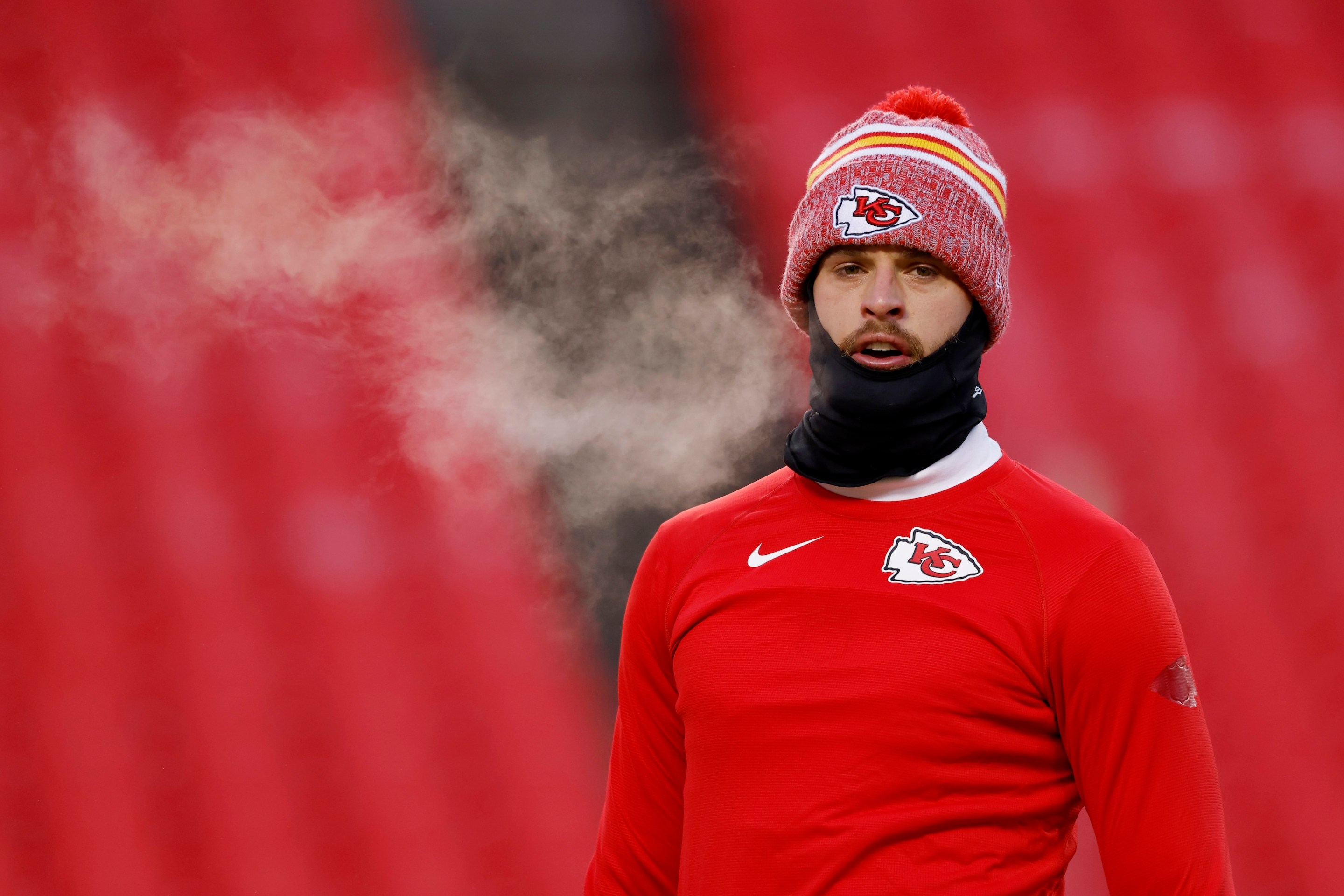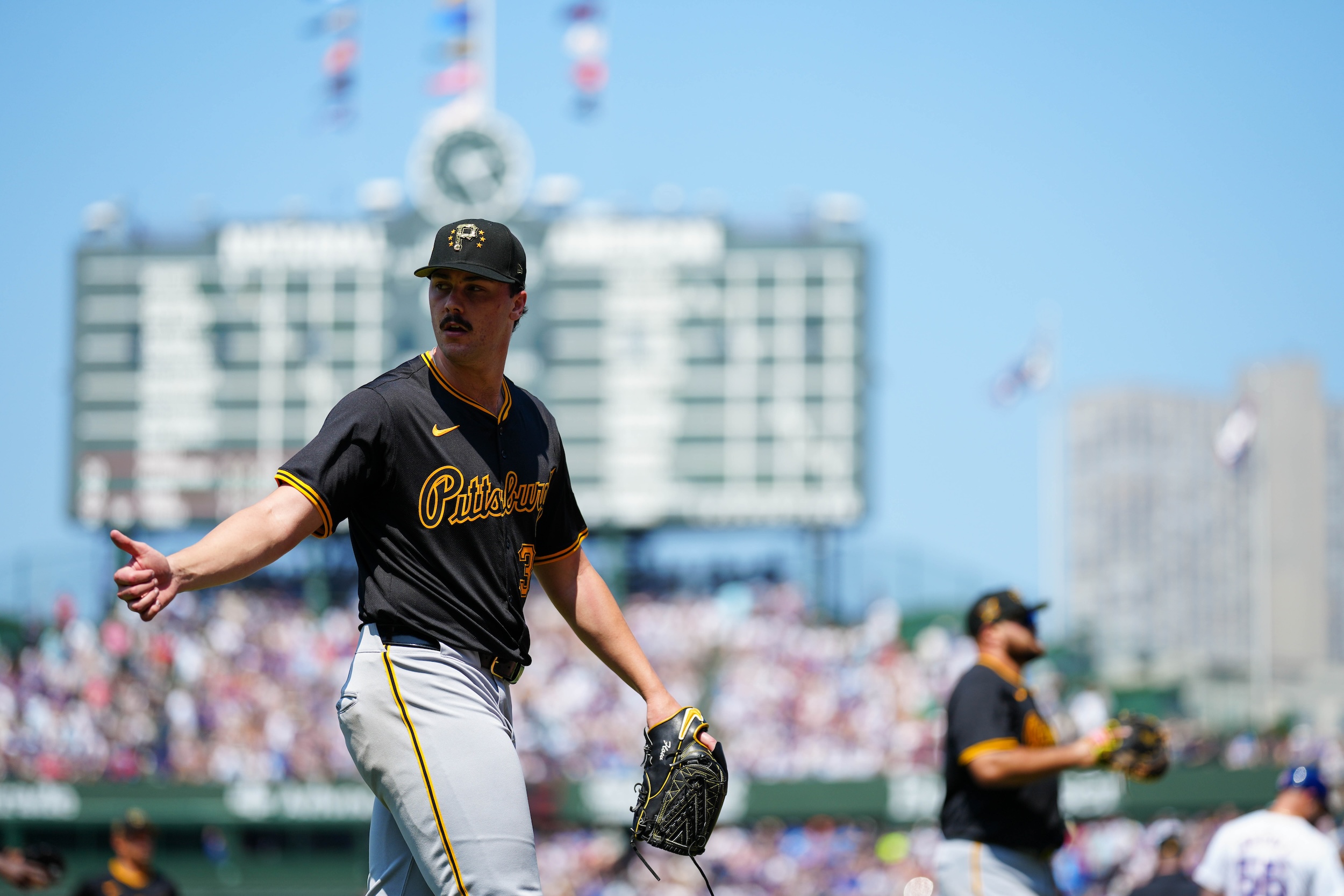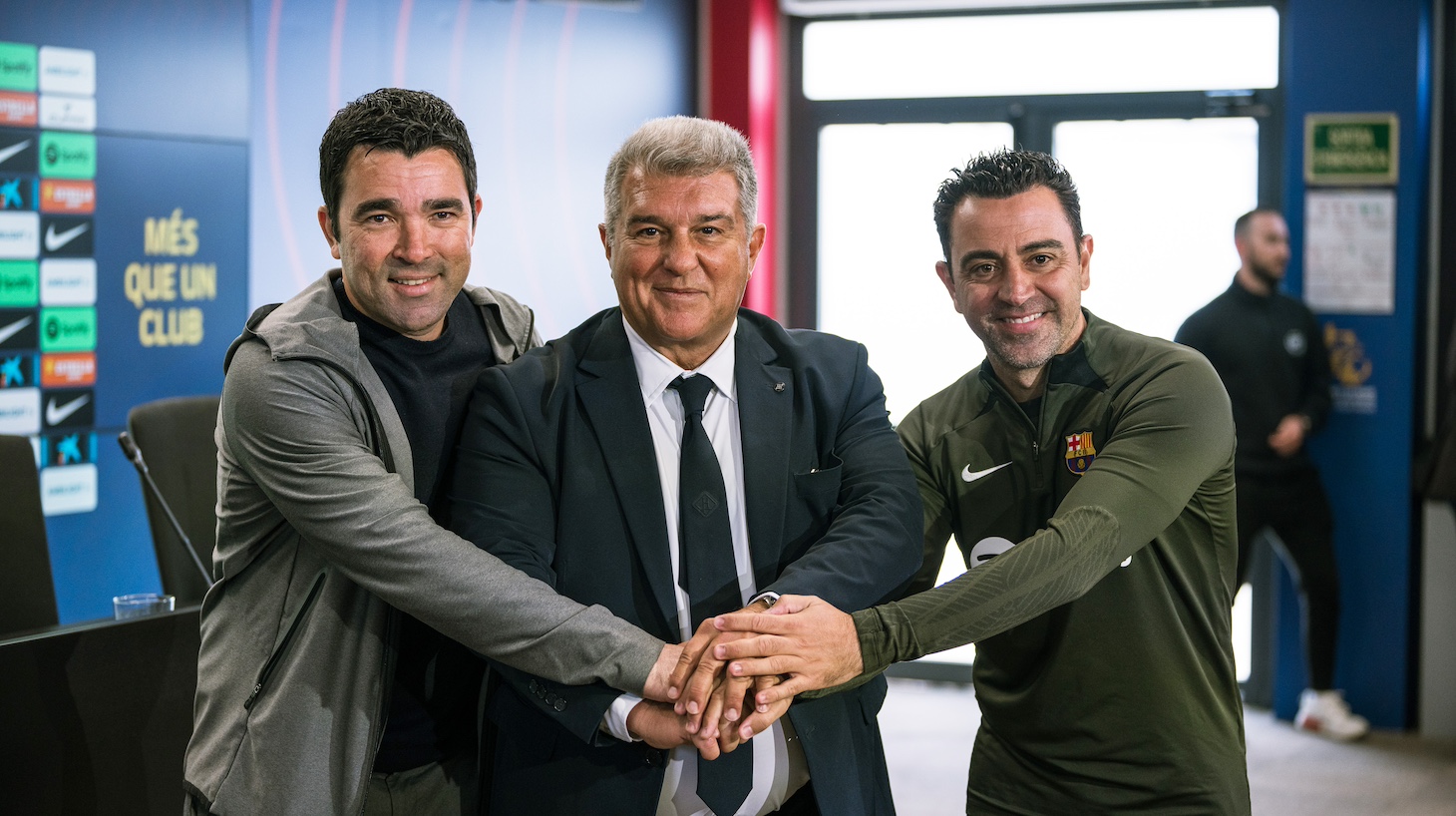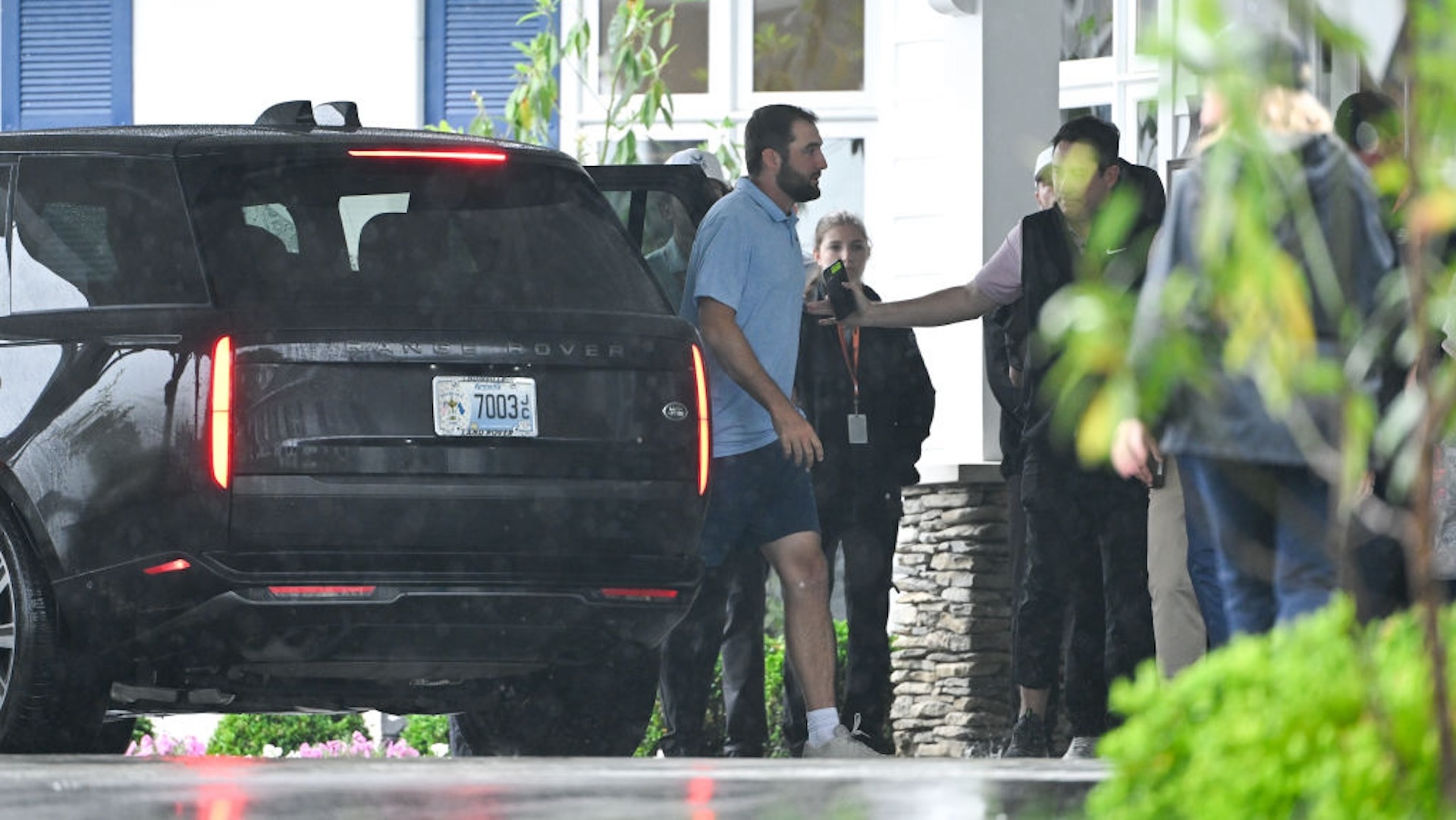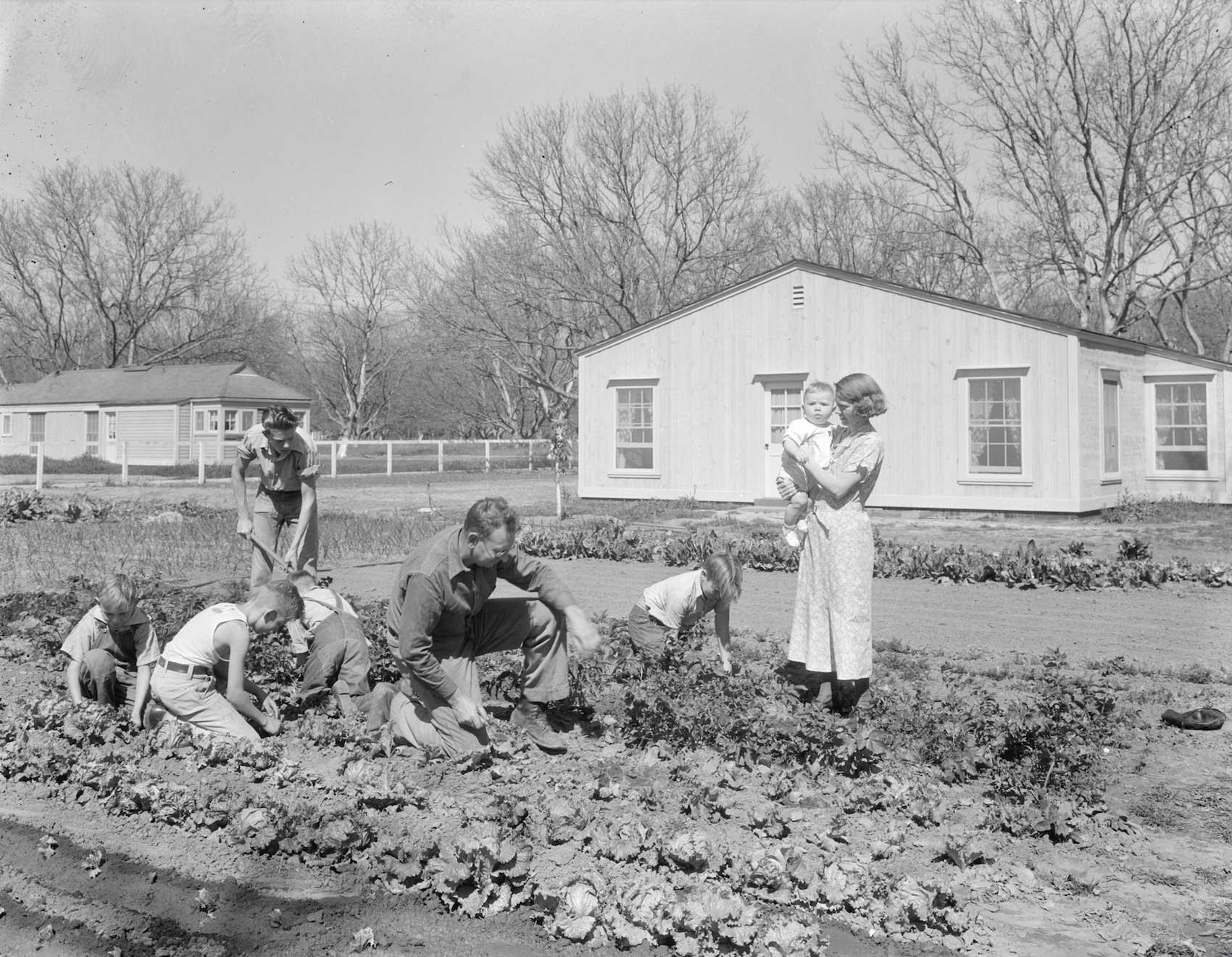After claiming her utmost concern with maintaining campus safety, Columbia President Minouche Shafik made the decision to put her students in danger. Shafik published a request Tuesday night that the New York Police Department clear the Gaza Solidarity Encampment on the lawn as well as in Hamilton Hall, which had been taken over early that morning by students. Officers in riot gear used disproportionate force to tear down barricades, injure protestors, and make dozens of arrests. The university that once had the late Edward Said as a professor acted with malice toward students who peacefully protested in support of Palestine.
By Wednesday morning, the Gaza Solidarity Encampment had been cleared out. In Shafik’s request, she asked that the NYPD remain on campus until May 17, two days after Columbia’s scheduled commencement. Not too far away, at the campus of City College of New York, the NYPD conducted a similar operation to break up that encampment, claiming victory over unarmed college students by taking down a Palestinian flag and raising the American flag. This performance was to reinforce a clear ideological message: The United States will continue to give Israel money to bomb Palestinians, and anyone who objects will not be offered a voice in the matter.
In the aftermath, those in support of last night's crackdown made baseless accusations about the Columbia encampment having been tainted by outside agitators, a worn-out tactic used since the civil rights protests in the 1950s. Brute force faces less criticism when used against the unfamiliar. In order to justify their decision to violently arrest peaceful protestors, the administration and law enforcement had to make the students extraordinary and suspicious, and their cause disingenuous.
The NYPD deputy commissioner appeared on MSNBC Wednesday morning to display a big chain. "This is not what students bring to school," he said while dramatically displaying the bike lock, insinuating that he was holding proof of involvement from sinister outsiders. He did not mention that Columbia's own public safety department recommended and had sold the same bike lock. This strategy of dishonesty and alarmist rhetoric, not limited to Columbia or CCNY by any means, was used to manufacture a foreign enemy out of a group of faculty and college students, who want to end American support for the systematic bombing of Palestinians. It was easy to spot the similarities to an IDF spokesperson pointing to a calendar and a baby bottle in a hospital basement as proof of Hamas.
This past Friday, I visited the encampments at CCNY and Columbia. I wanted to see them for myself, considering how a segment of the national media had breathlessly reported on them as havens of radical evil. When I arrived at the CCNY encampment, I initially didn’t identify myself as a reporter, because I was curious if I’d be treated any differently. Nobody bothered me as I walked around and conducted interviews (I provided my name and outlet for those). This wasn’t a unique case; there was no violence toward anyone while I was there. Protestors ate pizza, spoke with press, and performed salah in one section of the quad. While it might have been significantly larger than any organization table you’d see on another campus, it felt no more tense or threatening. Two campus security vehicles were parked across the street. The most contentious moment of the experience was when some demonstrators learned that a man on the sidewalk was collecting signatures for Robert F. Kennedy Jr.; he was told to go away.
The afternoon media hours at the Columbia encampment were uneventful. Faculty members in vests stood at the entrance of the site as students conducted a presser for a swarm of media in a nearby corner. The materials for the upcoming commencement ceremony were stacked on an adjacent lawn. The operation was larger than CCNY’s and a little more organized—to be fair, it had a significant head start. As lunch was served from a tent in one corner of the encampment, a protestor made an announcement asking for a certain computer cable needed for a teach-in that was about to start. Technically, a local restaurant sending in trays of food to these students would be considered an off-campus influence. Or, from a less cynical perspective, it could be seen as a show of community solidarity.
“It’s been calm,” Maryam Alwan, a student and organizer for Columbia Students for Justice in Palestine, told me at the time. “People have had teach-ins, and then it gets a little bit hectic when the press comes from 2-4 p.m.” I spotted one campus security officer on a bicycle during my visit.
The only times I’ve ever felt unsafe at a protest were when police were present. While I wasn’t at the encampments in person Tuesday night, that maxim seemed to bear out. The Columbia Daily Spectator reported that NYPD officers threw protestors to the ground and against barricades. Police locked students in buildings, and, according to Columbia student radio station WKCR, threatened the student journalists as well as the dean with arrest if they left Pulitzer Hall. There was a deliberate effort to limit or clear out observers, media or otherwise.
It was no coincidence that 56 years earlier, the NYPD stormed Hamilton Hall, then occupied by Columbia students who protested the university’s affiliation with a think tank researching the Vietnam War, as well as the university’s plan to build a segregated gym at Morningside Park. The purpose of the original demonstration evolved as days went on, but the demands were clear, as they have been with Columbia University Apartheid Divest. In that 1968 protest, the students were successful: Columbia cut ties with the Institute for Defense Analyses and dropped its plans for the gym.
In 2018, 50 years after the protests, Columbia published "A New Perspective on 1968," a project looking back at the university administration's missteps. "It took decades for the University to recover from those turbulent times," the text reads. "Columbia now has one of the most socio-economically diverse student bodies among its peer institutions." Through accountability and the passage of time, mistakes are supposed to transform into lessons. Without waiting for a 50-year retrospective, there is already a lesson to learn here: Columbia cares about some students more than others, but will still use all of them for tuition money. Shafik and her administration are morally bankrupt. They will continue to talk about diversity and freedom of expression without a hint of irony. And those supposed outside agitators will slink into the night, waiting to infiltrate the next legitimate demonstration that needs to be broken up for illegitimate reasons.
